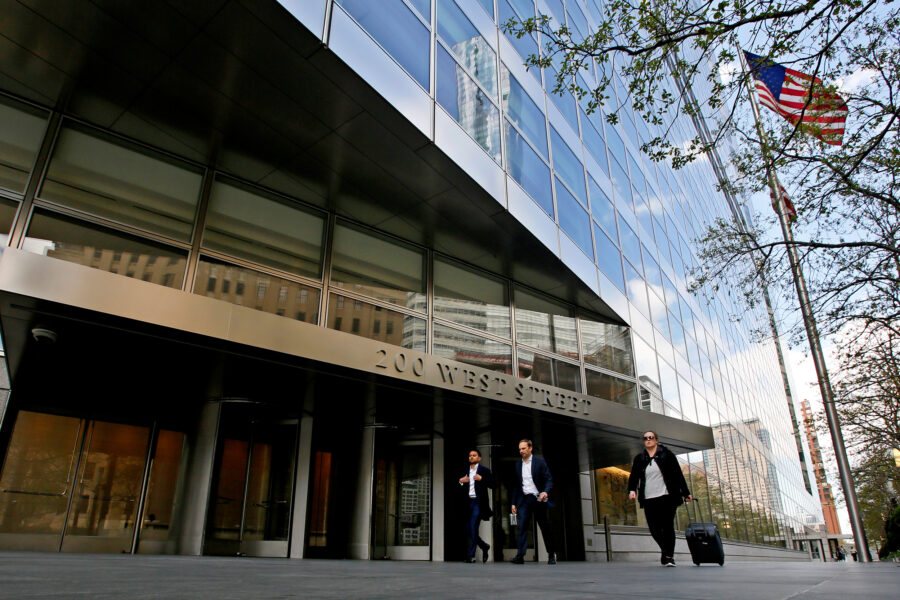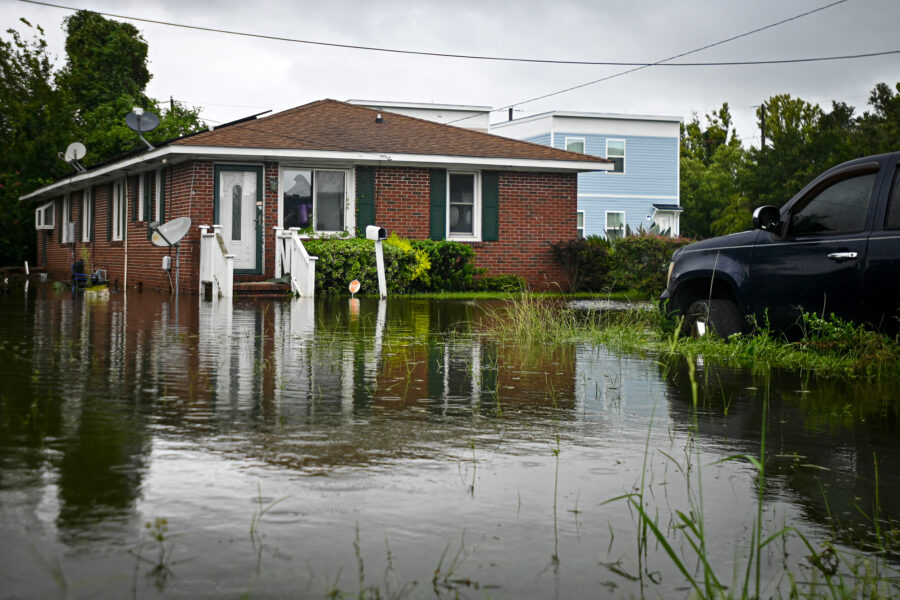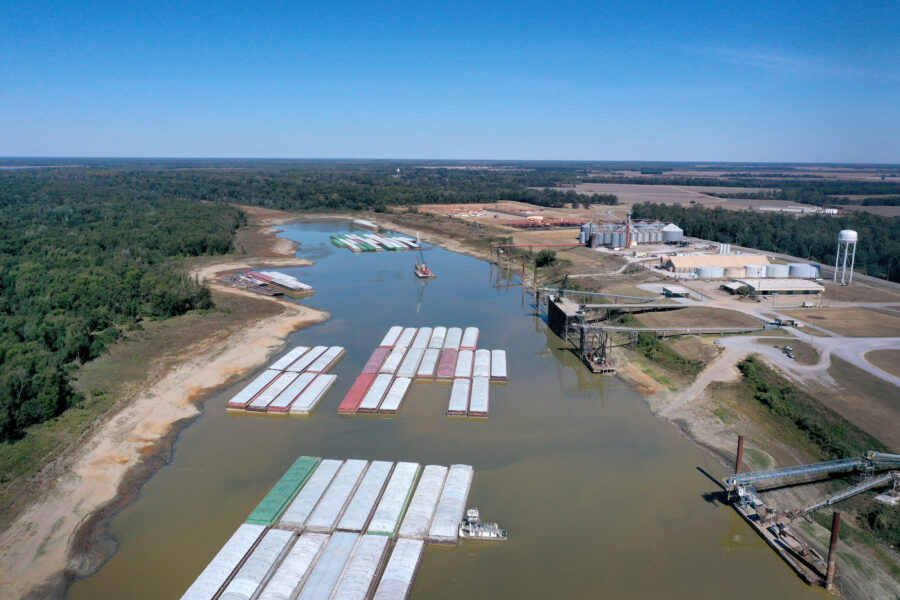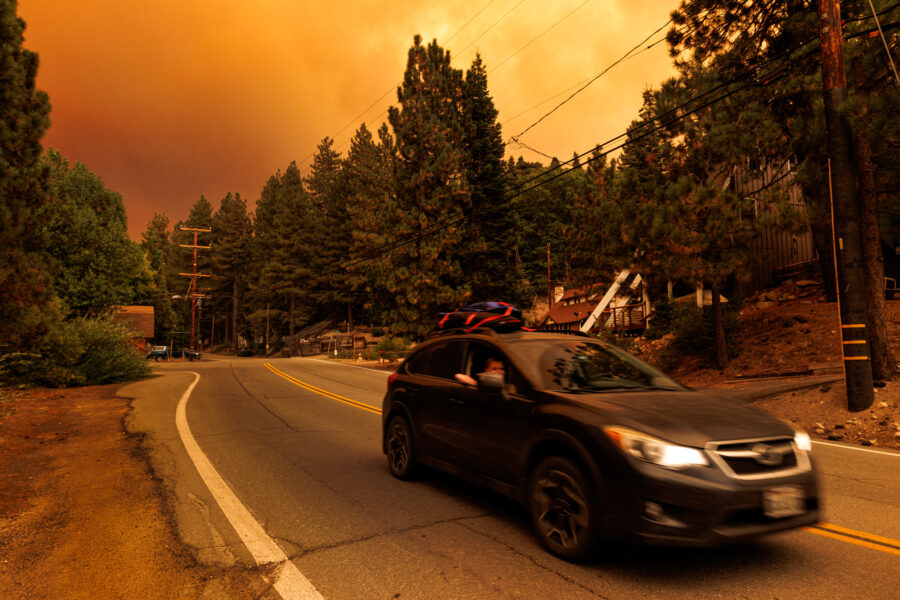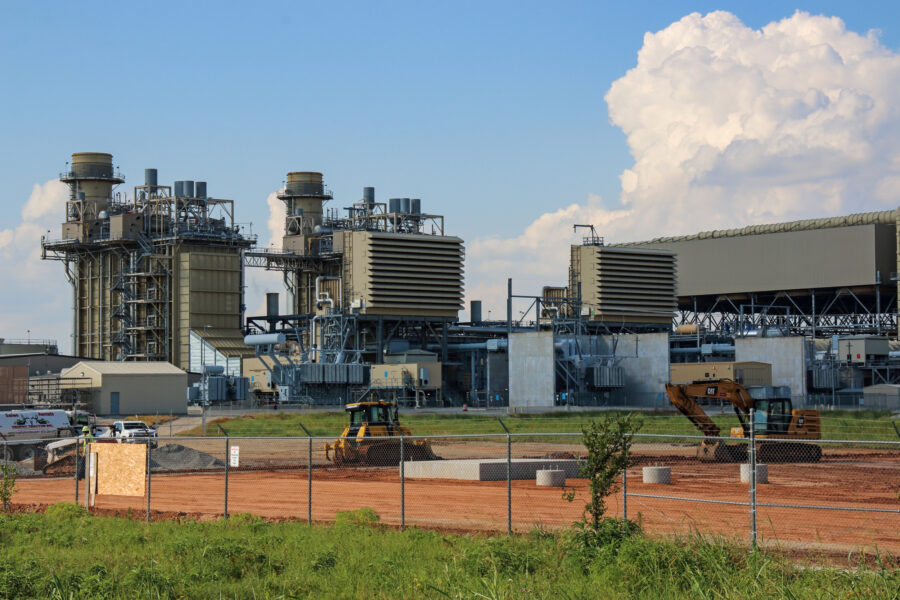New Grant Will Further Research to Identify and Generate Biomass in California’s North San Joaquin Valley
The Virtual Institute on Feedstocks of the Future, a collaboration between Foundation for Food & Agriculture Research and Schmidt Sciences, has awarded funding grants to five projects focusing on developing solutions to advance circular bio-economies with biomass feedstocks across the country. Projects based in California, Idaho, Massachusetts, New Jersey and Wisconsin will receive up to $47.3 million in funding to work toward a bio-economic model that is powered by renewable energy and minimizes waste generation.
The grants are intended to create sustainable and self-reliant communities while providing economic opportunities to underserved regions of the country, according to Geneveive Croft, lead program scientist for VIFF.
Processes such as deconstruction and conversion help transform agricultural waste into products such as fuel and chemicals that would then be used to supply energy. One way of doing this is subjecting the waste to extremely high pressures to convert it into biogas, which can be used as fuel for power.
Explore the latest news about what’s at stake for the climate during this election season.
Croft highlighted the gaps in current research, which doesn’t account for feedstocks such as agricultural and food waste and using it to its full potential. By addressing some key challenges in previous research, waste could be redirected to facilities that convert it into energy. “It’ll create economic opportunities and then could allow for the flourishing of new industries,” said Croft speaking to the development of clean energy economies.
One of the five grantees is the BioCircular Valley project which is being developed at the Department of Energy’s Lawrence Berkeley National Laboratory and schools across the University of California system. Corinne Scown, lead scientist for the project, said the aim is to create solutions for disposing of agricultural waste as well as repurposing the byproducts to fuel the community. Scown and her team will work on sorting different types of agricultural waste and matching them with methods to best deconstruct them into biomass.
“We are interested in this area, not only because there’s a lot of material—a lot of resources that could be diverted to help grow high-value industries—but you also have the opportunity to provide investment in a region that has historically been underserved and alleviate some of the environmental burdens that they have had to disproportionately deal with over the years,” said Scown.
Burning has long been the most inexpensive method of disposing of agricultural waste in the San Joaquin Valley region. According to the latest report by the California Air Resources Board (CARB) in 2021, 36 percent of the state’s agricultural burning emissions are produced there. San Joaquin County is surrounded by High Fire Hazard Severity Zones including Sacramento County, the region responsible for 30 percent of agricultural burning emissions, the second-largest share in the state.
“We have some unique features about this state that make our air quality a real challenge and we also have the momentum among policymakers to do something about it, so that does drive us in the direction of less burning stuff to generate electricity,” said Scown, highlighting the weather and dry vegetation that make California prone to wildfires.
As wildfires continue to burn across California, CARB and other regulatory bodies are tightening rules around agricultural waste burning. Beginning Jan. 1, 2025, open agricultural waste burning will be banned in the Valley. Commercial farmers may apply for burn permits provided the smoke does not threaten air quality. Regulations to completely phase out open agricultural waste burning were first proposed in 2003 and have been revised multiple times since then.
While new grants make way for the research and development to improve air quality in the region, the question of accessibility still remains. For many small-scale farmers and growers, equipment and labor to dispose of agricultural waste without burning is not always affordable.
Jeff Bitter, president of Allied Grape Growers and a farmer in Madera County, said open agricultural burning has reduced over the last three years because of a grant administered by the San Joaquin Valley Air Pollution Control District. The Ag Burning Alternatives Program grant helped even out the costs of removing vineyards without open-air burning. However, many small growers often find themselves without help to remove these vineyards because the cost of moving equipment is very high.
“It just makes it less feasible for smaller growers to be able to participate in that activity,” said Bitter. As the complete ban creeps up on the San Joaquin Valley, funds to help offset costs for farmers are running out. And more funding is needed to ensure that all growers participate in a more sustainable disposal of agricultural waste.
According to Bitter, some farmers remain unhappy about the bans.
“I think there’s some pretty significant concerns about how a grower will be able to afford to remove a vineyard when it costs upwards of $2,000 for one acre,” he said. “And the economics are such that it’s just going to be very difficult for farmers to deal with that. It’s becoming very very difficult to farm profitably in California.”
About This Story
Perhaps you noticed: This story, like all the news we publish, is free to read. That’s because Inside Climate News is a 501c3 nonprofit organization. We do not charge a subscription fee, lock our news behind a paywall, or clutter our website with ads. We make our news on climate and the environment freely available to you and anyone who wants it.
That’s not all. We also share our news for free with scores of other media organizations around the country. Many of them can’t afford to do environmental journalism of their own. We’ve built bureaus from coast to coast to report local stories, collaborate with local newsrooms and co-publish articles so that this vital work is shared as widely as possible.
Two of us launched ICN in 2007. Six years later we earned a Pulitzer Prize for National Reporting, and now we run the oldest and largest dedicated climate newsroom in the nation. We tell the story in all its complexity. We hold polluters accountable. We expose environmental injustice. We debunk misinformation. We scrutinize solutions and inspire action.
Donations from readers like you fund every aspect of what we do. If you don’t already, will you support our ongoing work, our reporting on the biggest crisis facing our planet, and help us reach even more readers in more places?
Please take a moment to make a tax-deductible donation. Every one of them makes a difference.
Thank you,
David Sassoon
Founder and Publisher
Vernon Loeb
Executive Editor
Share this article
Disclaimer: The copyright of this article belongs to the original author. Reposting this article is solely for the purpose of information dissemination and does not constitute any investment advice. If there is any infringement, please contact us immediately. We will make corrections or deletions as necessary. Thank you.

